Tamil Nadu Tourism and Important Tourist Destinations
 |
| Add caption |









Tamil Nadu is the land of the Tamils and it has a history that dates back to several thousand years. It is a land where traditions and culture blend and continue to live in harmony. The state abounds in monuments and temples that are ancient and each has its own story of religious, artistic and cultural accomplishment and specialty waiting to be heard.
Are there answers to be found on its beaches and hill stations as they welcome the traveler? We are sure you will form your own opinions and have your own perceptions as we welcome you to this enchanting and ancient Dravidian land, in the extreme south of peninsular India.
Tamil
Nadu has a long coastline that stretches nearly a 1000 kms. The
Coromandel Coast, along the Bay of Bengal, boasts of many ideal
locations for sun and surf. Golden sands of the beach are dotted with
coconut palm and casuarina groves. The sea washes ashore pebbles and
shells and the gentle breeze sways the yachts and catamarans into the
deeper waters of the sea and the waters form small dunes on the shore.
Crabs play hide-and-seek by coming out of one burrow, and taking refuge
in another. Sea gulls hover in the sky and then rest on the sails of the
fishing boats. There are many more breathtaking sights that will please
you and hold you spell bound in Tamil Nadu.
CHENNAI:
Fort St.George, Fort Museum, Government Museum and National Art Gallery (Egmore), Birla Planetarium, Connemare Library, Amir Mahal, Kalakshetra, Theosophical Society, Vivekananda Memorial, Bharathi Memorial, Anna/MGR Samathi (Marina), Kapaleeshwarar Temple (Mylapore), Parthasarathy Temple (Triplicane), Madhya Kailash Temple, Kaligambhal Temple, Vadapalani Murugan Temple, Ashtalakshmi Temple, Maruntheeshwarar Temple, Thiruneermalai Temple, Santhome Cathedral, Little Mount, St Mary's Church, St. Thomas Mount Church, Thousand Lights, Wallajah Big, Periyamedu Mosques, Egmore Buddha Vihar, T.Nagar Gurudhwara, Mylapore Jain Guru Mandhir, Kali Bari, Light House.
Marina Beach, Elliot's Beach, Santhome Beach, Covelong Beach, Children's Park, Snake Park (Adyar), Visweswarayya Tower and Park, Guindy National Park.
COIMBATORE:
Maruthamalai Murugan, Perur Patteeshwar Swamy - Pacchainayagi Amman, Masani Amman, Thirumoorthy, Echanari Vinayakar, Velliangiri Andavar (Panchalingam), Dhiyanalinga Temples, Kottaimedu Mosque, Thirupur Kumaran Memorial.
V.O.C Park, Vaidehi Falls, Siruvani Falls and Dam, Aliyar Dam, Monkey Falls, Cholayar Dam, Kovai Kutralum, Amaravathi Crocodile Farm, Valparai, Topslip, Amaravathi Dam, Anaimalai Sanctuary, Theme Parks: Black Thunder, Jolly World, Kovai Kondattam.
CUDDALORE:
Ruins of Cuddalore Port, St. David Fort, Chidambaram Natrajar Temple, Thiruvanthipuram Vishnu Temple, Vadalur Vallalar Sathya Gnana Sabhai, Virudhachalam Viudhagireeshwar Temple.
Pichavaram, Devanampatnam Beach.
DHARMAPURI:
Adhiyaman Fort, Dharmapuri Mallikarjuna Swamy, Hanumanth Theertham, Annasagaram Temples, Ariyanatha Swamy Temple.
Hogenakal Falls.
DINDIGUL:
Dindigul Fort, Palani Murugan, Kottai Mariamman, Rajakaliamman temples, Behampur Big Mosque, St. John's Church.
Kodaikanal, Thadikkompu, Sirumalai.
ERODE:
Erode Siva - Vishnu, Pannari Mariamman, Bhavanisagar Sangameshwar, Kodumudi, Chennimalai Murugan, Dharapuram Siva, Kangeyam Muruga Temples, Periyar E.V.R Memorial.
Bhavanisagar, Kodiveri Dam - Falls.
KANCHIPURAM:
Kanchipuram temples (Kamakshi Ekambareshwar, Kailashnath, Varadharaja Perumal, Ulaghalantha Perumal, Kumarakkottam, Jain Temples), Mamallapuram (world renowned shore/cave temples), Tirukkalukkundram Vedagireeshwar temple, Madurantakam Ramar, Sriperumbudur Adhikeshava, Mangadu Kamakshiamman, Vallakkottai Murugan, Tiruvandanthai Lakshmi Varaha Perumal, Melmaruvathur Adhi Parasakthi, Singaperumal, Nanganallur Anjeneya, Uttiramerur Sundaravaradha Perumal, Thirupparuthikundram Jain Temples, Dakshina Chitra Cultural Centre, Sakunthala Jagannathan Folklore Museum.
Vedantangal Bird Sanctuary, Muttukadh (Boat House), Mudaliarkuppam Lake, Anna Zoological Park at Vandalur, Theme Parks (Kishkintha, VGP, MGM, Mayajal)
KANYAKUMARI:
Kanyakumari Kumari Amman Temple, Vivekananda Rock Memorial, Thiruvalluvar Statue, Gandhi Memorial, Suchindram Thanumalayan Temple, Swamithoppu Vaikundharpathy, Nagerkoil Nagaraja, Kumarakoil Murugan, Mandaikkadu Bhagawathy, Keralapuram Vinayaga Temples (colour changing Ganapathy!), Kottar St. Xavier Church, Thiruvattar Temple, Palliyadi Old Palli, Takkalai Gnanamamedhai Dargah, Avvaiyar Temple, Chidharal Jain Temples, Vattakkotai fort, Udayagiri fort, Padmanabhapuram Palace, Kanyakumari Government Art Gallery, Thalakkulam Veluthampi Thalavai memorial.
Cape Comorin Beach , Murugankundram, Chotthaivizhai, Sankuthurai, Muttam Beaches , Marutthuvamalai, Ulakkai Falls , Pechiparai Dam, thengapatnam, Bay Watch.
KARUR:
Pugazhimalai, Karur Mariamman, Pasupatheeshwar, Thanthoni Kalyana Venkataramaswamy, Uppidamangalam Adiyarku Eliar, Mettumahanpuram Mahalakshmi Amman, Velayudhampalayam Hill Temples.
KRISHNAGIRI:
Rayakkottai, Hosur Fort, Kaveripatnam Poongavanathamman Temple, Thali Venugopalaswamy Temple, Thorappally Rajaji Memorial, Papparappatty Subramania Siva Memorial.
Hosur, Thali, Nedungal Dams.
MADURAI:
Meenakshi Amman Temple, Thirumalai Nayak Mahal, Vandiyur Mariamman Temple Theppakkulam, Kochchadi Ayyanar, Koodal Azhagar, Pazhamudhircholai Murugan, Thiruvadhavur, Madappuram Badhrakali Amman Temples, Goripalayam Dargah, Narimedu C.S.I. Chruch.
Rajaji Park ,Adhisayam Theme Park.
NAGAPPATINAM:
Port, City Entrance, Tarangampadi, Poompuhar, Vedaranyeshwar, Tirukadavur Abirami Amman, Sirkazhi, Vaithiswarankoil, Sikkal Temples, Velanganni Matha Church and Museum, Nagur Dargah, Thillayadi Valliammai Memorial.
Kodikkarai (Pt. Calimere) Bird Sanctuary.
NAMAKKAL:
Namakkal Fort, Narasimha - Anjeneya, Tiruchengodu Hill Arthanareeshwar, Kailashnath Temples.
Kolli Hills, Akash Ganga Falls.
PERAMBALUR:
Maligai Medu, Jayamkondacholapuram, Ranjankudi Fort, Sathanur (Tree Fossil), Gangaikonda cholapuram, Perambalur Madanagopalaswamy, Siruvachur Madhurakaliamman, Periaswamy Hill, Thirumazhapadi Siva Temples, Elakurichi Church.
Periaswamy Temple, Karaivetty Bird Sanctuary, Pachchaimalai, Mayiluththu, Yanaikkatty Falls.
PUDUKKOTTAI:
Pudukkottail, Sittannavasal, Kudumiyanmalai, Nartamalai, Tirumayam Fort, remains of Aranthagi Fort, Koharneeshwar Rock-Cut, Viralimalai Murugan Temples, Avur Churches, Kumaramalai Murugan Temple, Kattubhava Pallivasal Mosque, Vendhanpatti Meenakshi Chokkeshwar Temple, Thirukoharnam Museum.
RAMANATHAPURAM:
Ramanatha Swamy Temple, Ramalinga Vilas Palace, Nampunayagi Amman, Uppur Veyulugantha Amman, Satchi Hanumar, Panchamukha Hanumar, Uthirakosamangai Nataraj, Thiruppullai Temples, Ervadi Dargah, Oriyur Church, Rameshwaram Marine Museum, Mandapam Aquarium.
Dhanushkodi Bird Sanctuary, Kanchirankulam/Chithirankudi Marine Bird Sanctuary, Sethukkarai, Kanthamadhana Parvatham, Adam's Bridge, Valinokkam Beach, Gurusadai Island, Thondi, Pampan Bridge.
SALEM:
Sanghagiri Fort, Arahalur, Sughavanaeshwar, Chervaroy Hill, Ariyanur 108 Linga, Tharamangalam Kailashnathar, Mettur Ayyanar Temples, Sanghagiri St. Anthony's Church, Jumma Masjid.
Yercaud, Kulliyaru Falls, Bear Cave, Mettur Dam, Poimankaradu, Pelur, Dreamland theme park.
SIVAGANGA:
Sankarapathy Fort, Piranmalai, Thanithangal rock cut cave, Kundrakudi rock cut cave, Kanadhukathan Palace, Chettinad houses, Kalaiyarkoil Kaleeshwar, Pillayarpatti Karpaga Vinayagar, Thirupachethi Maragadhalinga, Kandadevi, Edaikattur Navagraha (Siddha), and Madha Church, Kottaiyur Mariamman, Madappuram Kaliamman, Nattarasankottai Kannudainayathi amman Temples, Hanumanthakudi Dargah, Marudhupandiyar Memorial, Deivam Wonderland.
Vettankudi Bird Sanctuary.
THENI:
Allinagaram Veerappa Ayyanar, Suruli Velappar, Kailashnathar Cave, Kuchchanur Saneeshwar Temples, Abubakkar Mastahn Dargah.
Velli Hills, Kumbakkarai Falls, Suruli Falls, Meghamalai Falls, Theerthathuty Natural Spring, Vaigai Dam, Kambam Valley, Shothupparai Dam, Periyar Dam, Bodi Medu, Tiger Falls, Periyar Wildlife Sanctuary.
THANJAVUR:
Port, City Entrance,
Thanjavur Palace, Saraswathi Mahal Library, Thanjavur Brahadeeshwar, Manora Victory Tower, Suryanar, Kumbakonam, Dharasuram Iravatheeswar, Thiruvalanjuzhi, Thirunageswaram, Natchiyarkoil, Swamimalai Murugan Temples. Poondy Matha Church, Thanjavur Double Masthan Dargah, Kallanai.
THE NILGIRIS:
Udagamandalam Lake, Botanical Gardens, Rose Gardens, Doda Betta Peak, Wenlock Downs, Kalhatty Falls, Glenmorgan, Coonoor, Pykara, Avalanche Lake, Mukurhti Peak and National Park, Upper Bhavani, Kothagiri, Hanging Bridge, Bhagasura Hill Fort, Cherampadi, Mudumalai Wildlife Sanctuary, Theppakkadu Elephant Camp.
TIRUCHCHIRAPPALLI:
Rock Fort, Main Guard Gate Fort, Uraiyur, Gunaseelam Prasanna Venkateshwar, Utchi Pillayar, Thayumanavar, Srirangam Ranganathar, Jambhugeswar, Gunaseelam Uthamarkoil, Vayalur Murugan, Samayapuram Mariamman, Erumpheeshwar Temples, Nat har vali Dargah, Nadhirshag Dargah, St.Lourde's Church, Oomaiyan Fort.
Mukkombu Dam, Pachchaimalai, Puliancholai.
TIRUNELVELI:
Sri Gandhimathiamman - Sri Nellaiappar, Salai Kumaraswamy, Kurukkutthurai Murugan, Krishnapuram Venkatachalapathy, Sankaranarayanar, Kutthalanathar, Tenkasi Viswanathar, Thirumalaippuram rock cut, Cheranmdevi Milaghu Pillayar, Sri Vaikundam, Papanasam, Nanguneri Vanamamalai, Vuvari Swambhunathar Temples and Ship-shaped Church, Palayamkootai Oosikkopura Church, Pottalpudur Muhaideen Andavar Dargah, Atthankarai Pallivasal, Pulithevan Memorial.
Kuttalam (Courtallam), Manimutthar Dam, Agasthiar Falls, Maancholai, Kumbaruthi Falls, Ambasamudhram.
Kalakkadu (Lion-tailed Monkey), Vallanadu (Spot Deer, Birds), Kunthakulam (Birds), Mundanthurai (Tiger), Munradaippu (Birds).
TIRUVALLUR:
Tiruvallur, Periyapalayam Bhavani Amman, Tiruvalangadu Siva, Thiruverkadu Devi Karumariamman, Tiruttani Murugan Temples.
Pulicut Lake and Bird Watch, Cholavaram, Poondi, Puzhal reservoirs.
TIRUVANNAMALAI:
Ramanashram, Seshadhiri Swamigal Ashram, Yogi Ramsuratkumar Ashram, Tiruvannamalai Arunachaleswar Temple, Rajgiri, Melchitthamur, Vazhuthavur Fort, Manahapatty rock cut, Thalavanur rock cut, Thirumalaikundru Jain, Arunachaleswar, Panaimalai Thalagireeshwar temples, Thennangore Radhakrishna Temple, Cross-shaped St. Lourd Church, Padavedu Amman Temple, Arani Vempuli Amman Temple, Big Mosque.
Sattanur Dam
THIRUVARUR:
Thiruvarur Thiyagarajar, Mannargudi Rajagopalaswamy, Thirukkannapuram Vishnu, Thillaivilaham Kothandaramar, Alangudi Siva, Yengan Muruga, Kuththanur Saraswathy Temples, Jambhavan Odai Dargah.
Kamalalayam Reservoir, Udayamarthandapuram Bird Sanctuary, Vaduvur Bird Sanctuary
TUTICORIN:
Tiruchchendur Murugan, Kazhughumalai Murugan, Kulasekarapatnam Muthumariamman temples, Manapadu Church, Panimayamatha Chruch, Panchalamkuruchi Kattabhomman Fort, Kayathar Kattabomman Memorial, Ettaiyapuram, Bharathi Memorial, Ottapidaram V.O.C Memorial.
Ayyanarkoil natural springs.
VELLORE:
Vellore Fort, Muthumandapam, Vallimalai Cave, Thirumalai Jain Temples, Melpadi Pallipadai, Mahendravadi
Cave Temples, Thakkolam, Arcot Nawab's Palace, Panchapandavar Hills, Jalagandeshwar, Rathnagiri Murugan, Sholinghur Yoga Narasimha-Anjeneya, Pallikondan Ranganathar, Chenpakkam Selva Vinayaga, Kangeyanallur Murugan Temples, Melvisharam Mosque.
Yelagiri Hills, Kavanur Astronomical Centre, Kadampur Hills, Kanchanagiri, Kaveripakkam Lake, Nilavur Village, Javadhu Hills, Jalagamparai Waterfalls, Amirthi Zoological Park.
VILUPPURAM:
Gingee Fort, Tirukkovilur Kapilar Hillock, Sadhakkutthullah Khan Mosque, Trivikramar, Thumpur Nagamman (1,450 years old), Patchaiamman, Melmalayanur Angala Parameswari, Kuvakkam Kuthandavar, Ennayiram Narasimha Swamy Temples, Melnariyappanur Chruch, 24 Theerthankara Caves, Mel Malayanur Temple, Thiruvakkarai Stone Trees.
Marakkanam Beach, Kalvarayan Hills, Annamangalam Chunai, Auroville.
VIRUDHUNAGAR:
Tiruchuli Ramanshram, Sundara Mandhiram (house where Ramana Maharishi was born), Bhuminatha Swamy, Srivilliputhur Andal Vadapathrasai, Erukkankudi Mariamman Temples, St. Xavier's Chrurch, Guhanparai Temple, Kamarajar Memorial.
Senbagathoppu Sanctuary(flying squirrel), Ayyanar Falls, Pilavakkal Dam, Kullurchanthai reservior, Vembakottai reservior
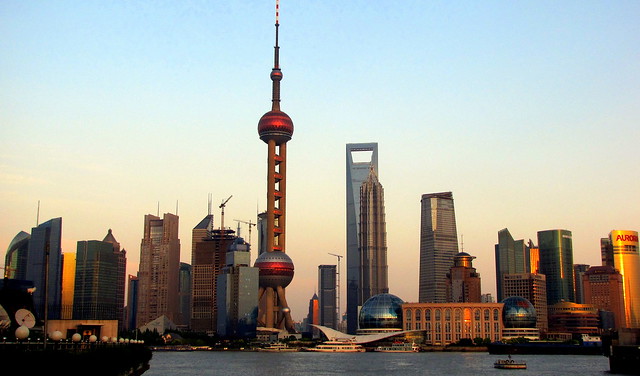 flickr/juank.madrigal
flickr/juank.madrigal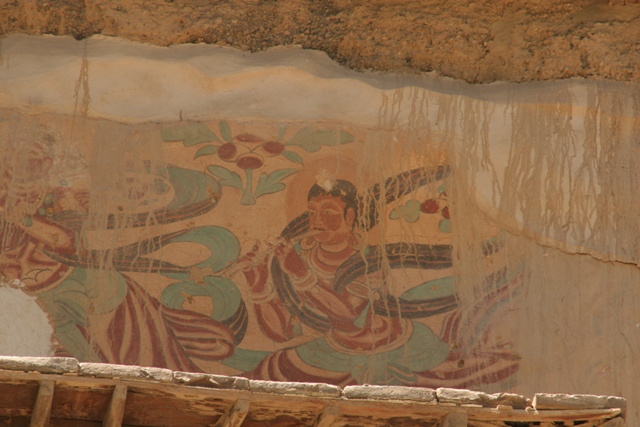 flickr/sandandtsunamis
flickr/sandandtsunamis flickr/drs2biz
flickr/drs2biz flickr/Jez, Rani & Amrita
flickr/Jez, Rani & Amrita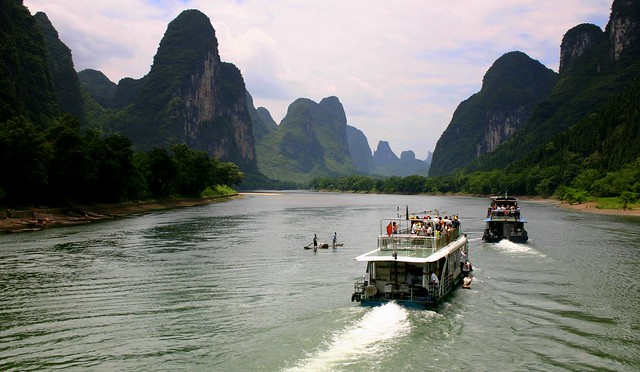 flickr/s.laqua
flickr/s.laqua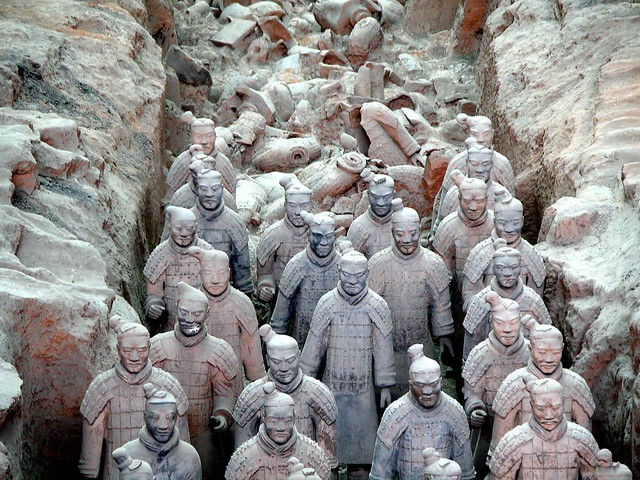 flickr/pmorgan
flickr/pmorgan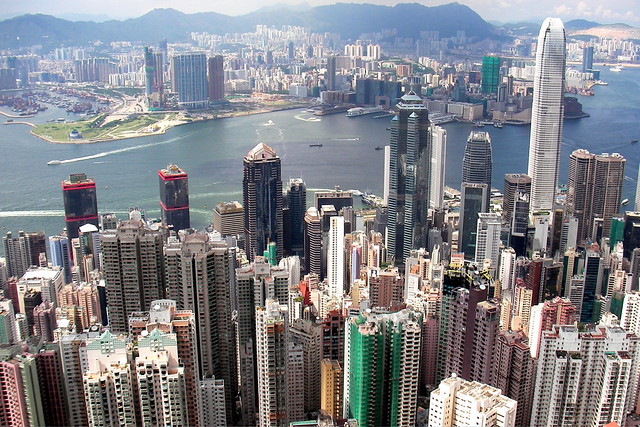 flickr/Image Zen
flickr/Image Zen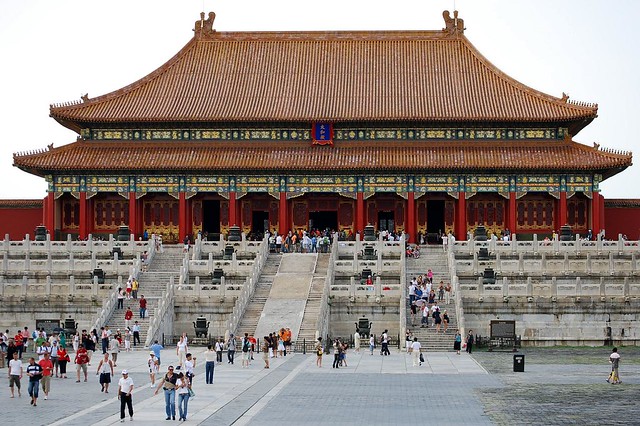 flickr/televiseus
flickr/televiseus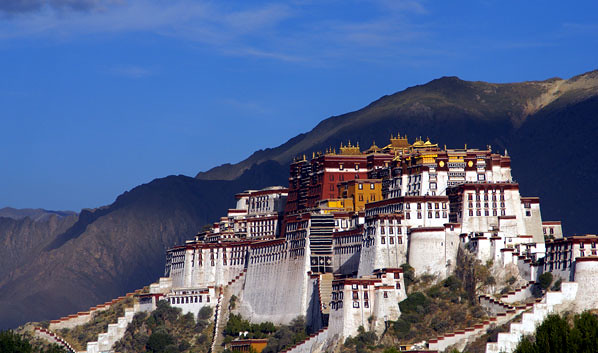 flickr/ecreyes
flickr/ecreyes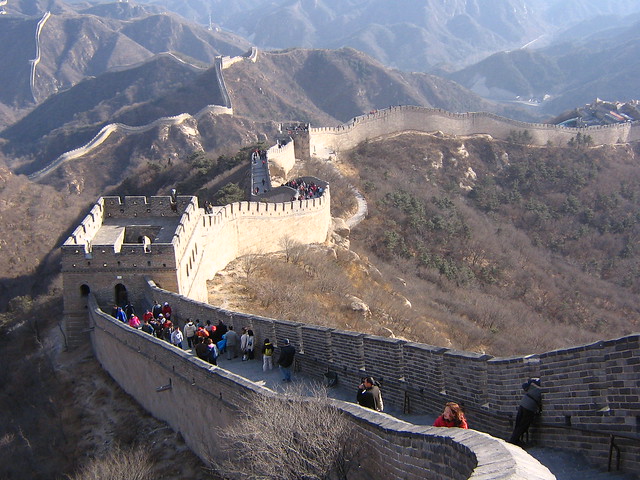 flickr/betta design
flickr/betta design
































